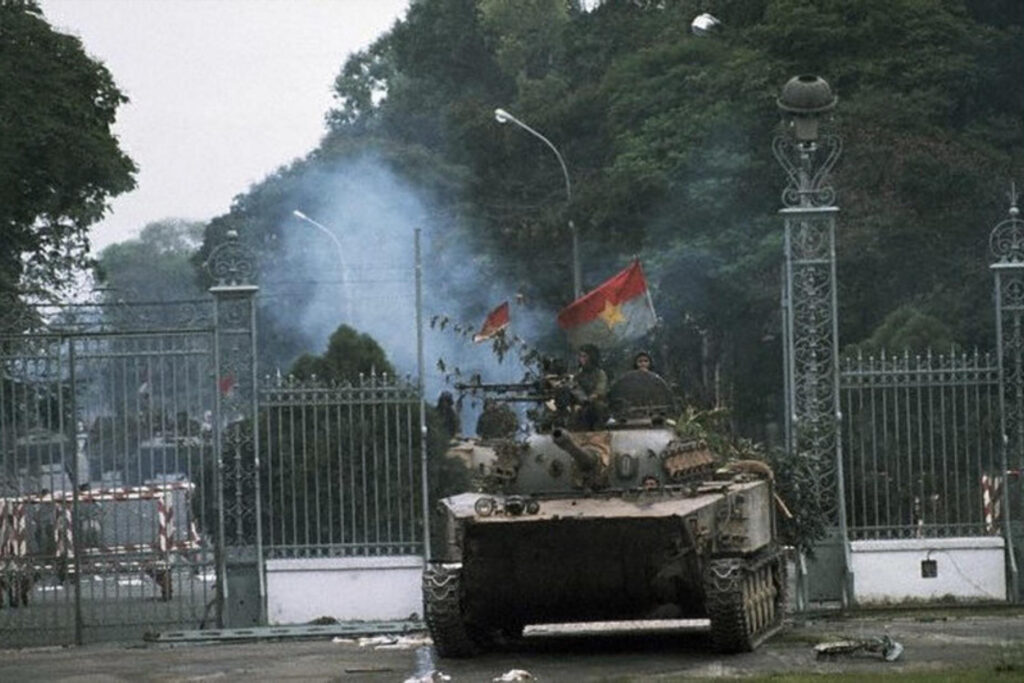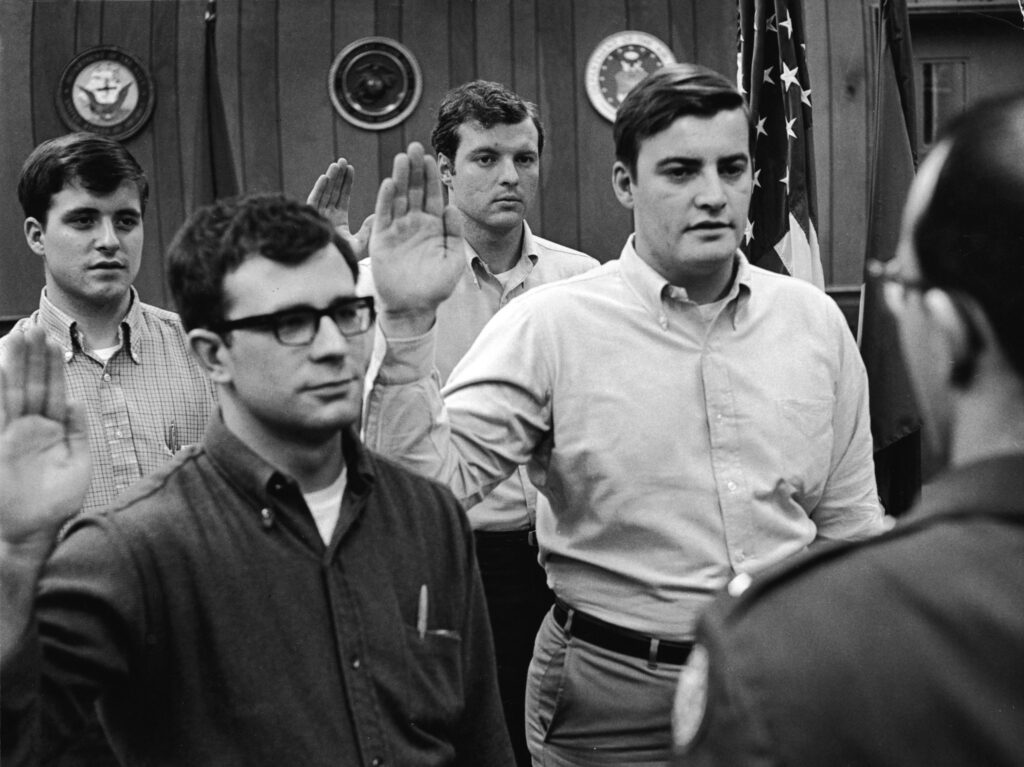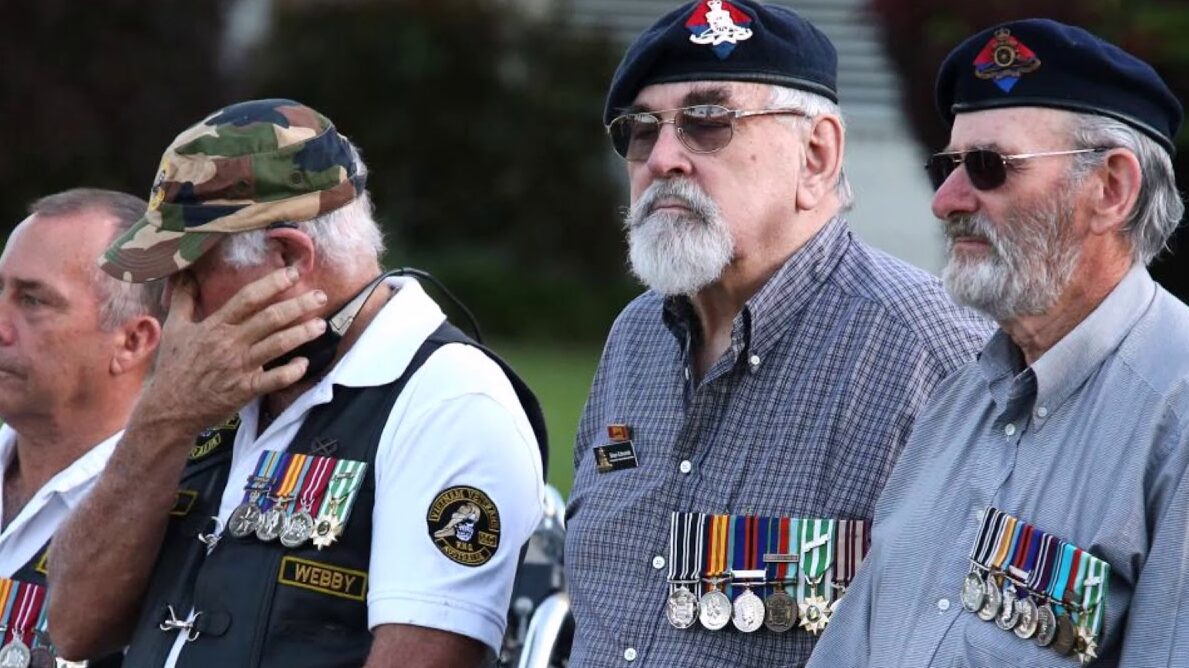Movies and television have painted a deeply embedded picture of Vietnam veterans in the American collective consciousness. Somehow, despite the numerous books, articles, and documentaries produced about the war and those who fought it, some of them are simply untrue.
The false ideas aren’t just small myths, either. These misconceptions paint a distorted picture of who fought in Vietnam and the ability of the enemy and shaped how we perceived war for decades after the conflict ended. Here are the most common myths about the Vietnam War that civilians really believe, along with the truth about them.

The U.S. Won Every Battle of the Vietnam War But Still Lost the War
If anyone told this myth to the veterans who fought at Lang Vei in 1968, Kham Duc later that same year, or Fire Support Base Ripcord in 1970, they’d probably get a sharp, curt history lesson in logistics and math. Movies and television make it seem like the Viet Cong (VC), and People’s Army of Vietnam (PAVN) attacked in human waves with no armor, air force, or artillery.
In reality, PAVN forces had a lot to work with, were careful planners, and used everything they could to level the playing field with U.S. firepower, including weather, hours of darkness, and the civilian population. To undermine the enemy’s ability is to do a disservice to those who made gallant stands in the face of overwhelming odds, whether they won or lost.
As for losing the war, the U.S. might have failed to meet its objectives in Vietnam, but Communism was not spread to other “domino theory” countries like Singapore, Malaysia, Indonesia, Thailand, or the Philippines. The Vietnam War was the turning point for global Communism.
The Viet Cong Were a Bunch Of Plucky, Underequipped Farmers
The VC were pro-Communist guerrillas operating in South Vietnam, Laos, and Cambodia. They were often portrayed as bands of fighters, poorly supplied and using old weapons to make random ambushes on U.S. troops across the South. Although they were probably often hungry and poorly provided with food, the VC was well-coordinated from Hanoi.
To top it off, North Vietnam began receiving funds, arms, and supplies from Communist China and the Soviet Union from the first days of American involvement in Vietnam, starting in 1964. More than $3.2 billion in military aid flooded into the South in the form of rocket launchers, grenades, and machine guns.

U.S. Troops in the Vietnam War Were Mostly Draftees
In 1985, the results of the National Vietnam Veterans Readjustment Study of the Research Triangle Institute were released, which should have put this myth to bed forever. It revealed that 70% of the 2.7 million people who served in the Vietnam War actually volunteered to serve there, with only 11% saying they did so to avoid being drafted.

Related to this myth is the idea that the Vietnam draft relied on the poor or on minority groups to fill its ranks. Again, the myth doesn’t match the facts. Only 12.7% of draftees were Black and had no significantly higher chance of dying in combat than any other race. As for drafting the poor, research from the Veterans of Foreign Wars says that 50% of combat troops were from middle-class backgrounds and that the Vietnam War’s fighting force was the best-educated force of their time.

Vietnam Veterans are Primarily Homeless, Addicted, or Crazy
This pervasive myth might come from those who watched Lieutenant Dan in “Forrest Gump” but didn’t watch the entire movie. Homelessness among veterans is a big issue, but it’s not limited to Vietnam-era of veterans. There is also no difference in drug addiction rates between Vietnam veterans and civilians from the same age group.
97% of Vietnam veterans left the military with an honorable discharge. Furthermore, by 1987, the unemployment rate among Vietnam vets was 4.8%, while the rest of the country faced a 6.2% unemployment rate. They earned 18% more on average than non-veterans and are less likely to be in prison. Just like Lt. Dan at the end of “Forrest Gump,” Vietnam veterans got their stuff together.


Real heroes! When a plane load of first cav troops On their way home volunteered off loaded and went to DAC TO to assist the 101st who was being overrun by the VC.
for the land of blood shed to be free is not free until we get deed veteran pay for their injury in U.S.A and Help to win.
FOR THE NON-VETERAN THIS ARTICLE SHOULD BE VERY ENLIGHTENING. HOWEVER AND UNFORTUNATELY, THE GENERAL READING AUDIANCE OF THIS ARTICLE IS PROBABLY VETERANS.
As for me, a draftee, I’m damn proud of my service, Agent Orange health issues and all. We ‘Nam Vets, waited a long time for America to say Thank You. Sad we had to wait at all.
I left Viet Nam Sept 1966 and was told I might want to change to civilian attire when I got to the states –I DID NOT
I was proud to have severed. It was a shame the way a lot of the vets were treated when they got home
I flew home from my tour in December 1968 landing at SeaTac Airport. From there I flew to Chicago and then Baltimore to visit family members before continuing to Tampa Airport where I was met by my parents and siblings. Nowhere along the way was I derided by anyone. Just a normal flight.
You were one of the lucky ones. Welcome home Brother.
What gets me is being told over and over, “well at least you weren’t in the front lines.” There were no front lines.
I am very proud of my service in the .U.NAVY. 1969-1973. as a returning vietnam veteran to my home state of massachusetts. I left 51 years ago do to many insults of being a “baby killer”. the AMERICAN LEGION, VFW, would not allow me and my WW11 u.s. navy father to join these PATRIOT organizations?
From the last of the Vietnam Campaign…..love and respect.
101st Abn. 1/502, Charlie and Echo companies, 11bravo (grunt). I was proud of my service. I flew home from SeaTac to L.A. in my dress greens. I guess I was lucky, virtually everyone totally ignored me.
I voluntered to go to viet nam five times before i was accepted, i served my time and came home i did suffer from ptsd and lost afew of my fellow service men but ihave lived along and interesting life including the time I was in country.
When I came home from Vietnam in late April 72 I was treated very well. I was late getting to my plane in LA, they opened the door for me. I set in first class with WWII and Korea vets, they treated me with respect.
I came back about mid ’67 to McDill AFB. I maintained a low profile and stayed out of uniform whenever possible. Tampa was a somewhat military town. While hearing very bad treatment from some returning vets, I was mostly ignored. Later on I was proud that I went, first to Thailand then to Vietnam. After the way the politicians ran it, it was a total waist and I wouldn’t do it again.